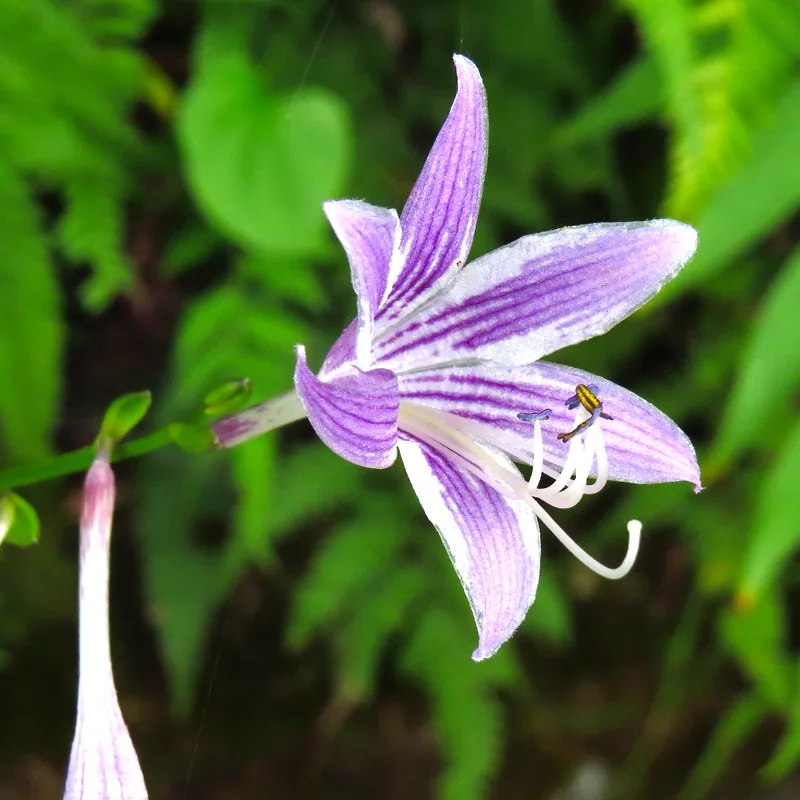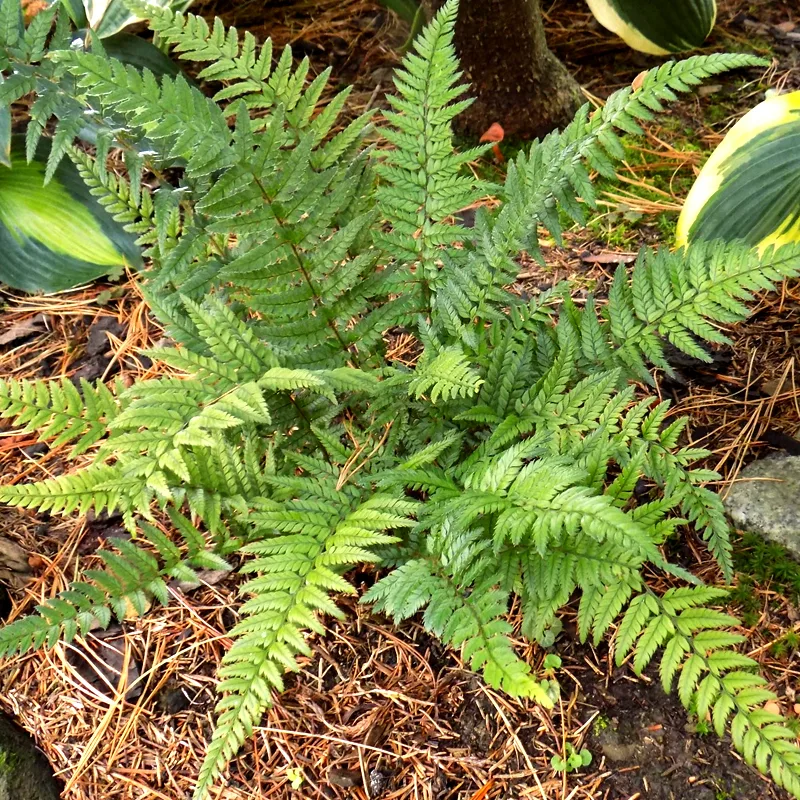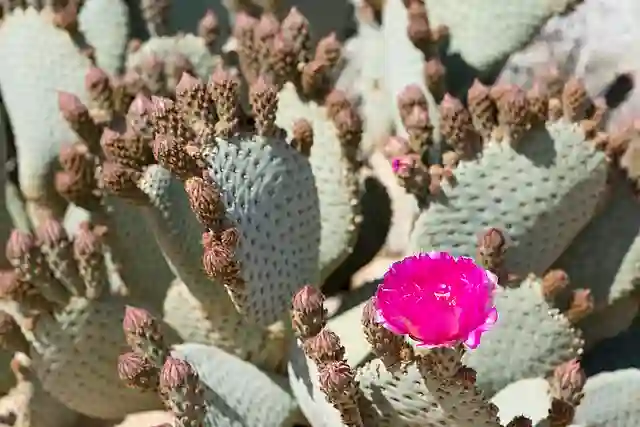
All About the Pseudobombax Ellipticum: Your Questions Answered
Hi there, Ferb Vu here! I’m a plant enthusiast, and today, we’re diving deep into the fascinating world of the Pseudobombax Ellipticum, also known by its whimsical nicknames: the Shaving Brush Tree, the Dr. Seuss Tree, and the Amapolla Tree.
This unique tree has captured the hearts of many with its quirky looks and vibrant blooms. But if you’re considering adding one to your collection, you probably have some questions. Fear not, plant explorer! This FAQ will be your guide.
What is a Pseudobombax Ellipticum?
The Pseudobombax Ellipticum is a deciduous tree belonging to the Malvaceae family, the same family as hibiscus and hollyhocks. Native to Central America, it thrives in warm, dry climates.
This tree is known for its:
- Distinctive Trunk: The trunk is smooth, green, and succulent, often bulging at the base, giving it a whimsical, cartoon-like appearance.
- Showy Flowers: During late winter and spring, the tree bursts into bloom with large, fluffy flowers resembling shaving brushes. These flowers come in shades of red, pink, and white, adding a pop of color to the landscape.
- Fast Growth: The Pseudobombax Ellipticum is a fast grower, reaching heights of up to 60 feet in its natural habitat. However, in cultivation, it’s often kept as a smaller tree or shrub.
Pseudobombax Ellipticum vs. Silk Floss Tree (Ceiba Speciosa):
These two trees share some similarities, but there are key differences:
- Flowers: Both have large, showy flowers. However, the Silk Floss Tree’s flowers are typically pink with a central staminal column, while the Pseudobombax Ellipticum’s flowers have a wider range of colors and lack the central column.
- Leaves: The Silk Floss Tree has lobed leaves, whereas the Pseudobombax Ellipticum has simpler, elliptic leaves.
- Hardiness: The Silk Floss Tree is slightly less cold-hardy than the Pseudobombax Ellipticum.
In short: If you prioritize the unique “shaving brush” flowers and are looking for a slightly more cold-tolerant option, the Pseudobombax Ellipticum might be the better choice.
Can I Grow a Pseudobombax Ellipticum Indoors?
Absolutely! The Pseudobombax Ellipticum adapts well to container life. Here’s what you need to know:
- Light: Provide plenty of bright, indirect sunlight. A south-facing window is ideal.
- Temperature: Aim for warm temperatures between 65-80°F (18-27°C). Avoid cold drafts.
- Watering: Water deeply when the top inch of soil dries out. Allow excess water to drain freely. Avoid overwatering, which can lead to root rot.
- Soil: Use a well-draining potting mix formulated for cacti and succulents.
- Fertilizer: Apply a balanced fertilizer during the growing season (spring and summer) according to the package instructions.
Tip: Prune your Pseudobombax Ellipticum after flowering to maintain its shape and encourage bushier growth.
How do I Care for my Pseudobombax Ellipticum Outdoors?
If you live in a warm climate with well-drained soil, your Pseudobombax Ellipticum can thrive outdoors. Here’s the lowdown:
- Planting: Choose a sunny location with well-draining soil. Amend the soil if necessary to ensure good drainage.
- Watering: Water deeply during the first year to establish the root system. Once mature, the tree is fairly drought-tolerant.
- Fertilizer: Apply a balanced fertilizer once or twice a year during the growing season.
- Winter Protection: In colder climates, provide some winter protection, especially for young trees. You can wrap the trunk with burlap or frost cloth.
Where can I buy a Pseudobombax Ellipticum?
These trees are becoming increasingly popular and can be found at online retailers specializing in exotic plants or at local nurseries with a good selection of tropical plants.
Conclusion:
The Pseudobombax Ellipticum is a captivating tree with a unique personality. With proper care, it can be a stunning addition to your indoor or outdoor space. So, if you’re looking for a conversation starter with vibrant blooms and a touch of whimsy, this might be the perfect choice for you!
If i die, water my plants!



